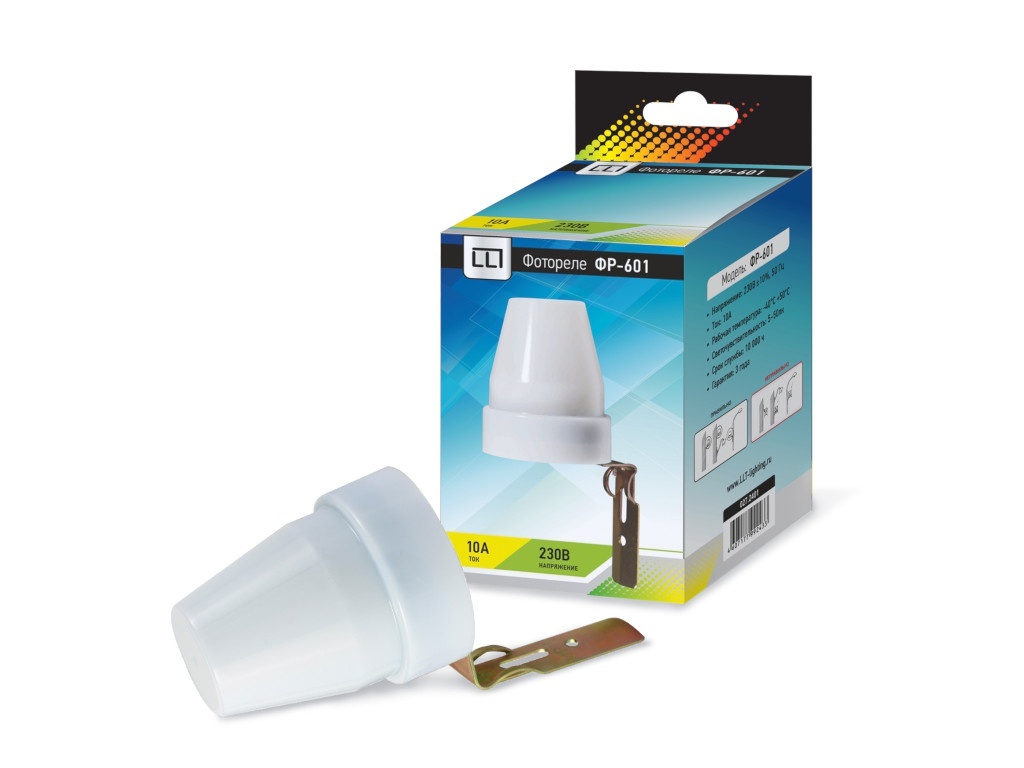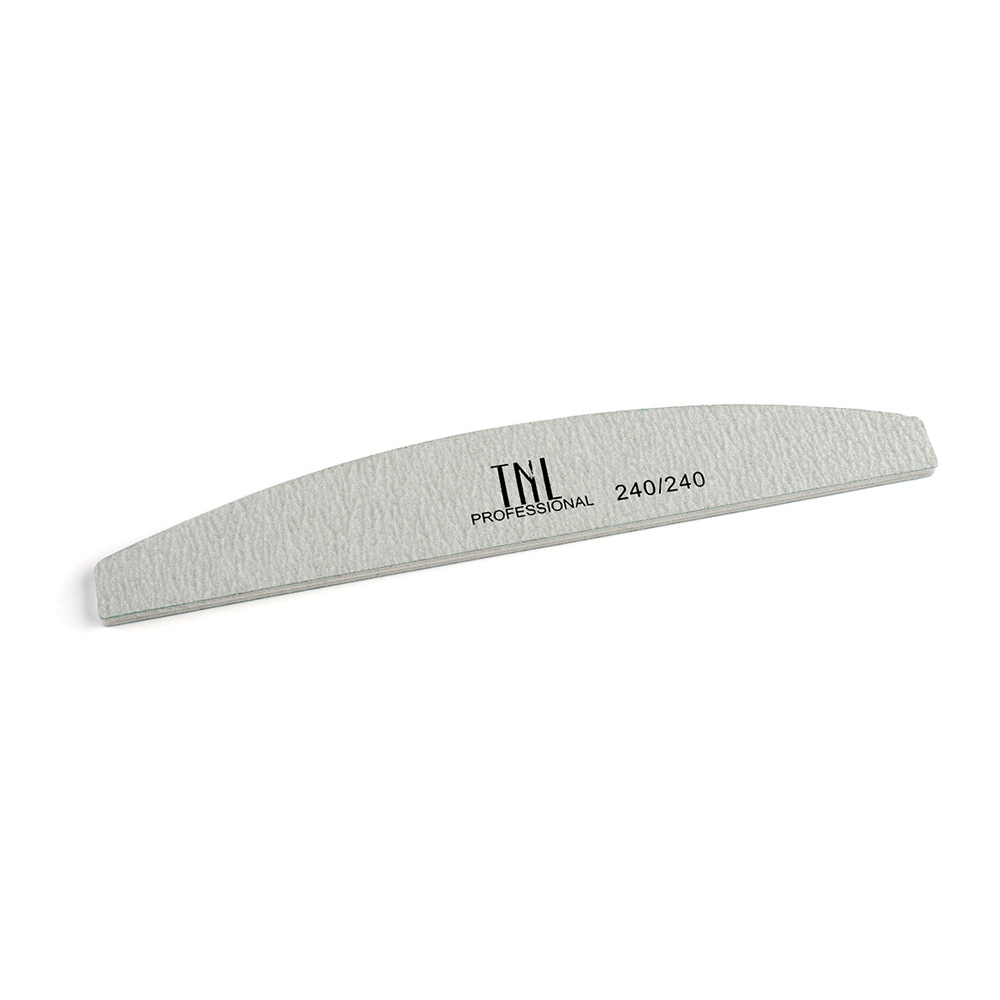In terms of technology, we are far removed from our ancestors. But the bench oven - is the heritage from which it is not necessary to give up and do not want. In the past, favorite fairy design Emeli was the center of every village house. Now, many homeowners also strive with might and main to feel the benefits of a traditional Russian oven.

Advantages furnace couches
Before the advent of modern medicine, our ancestors were treated broths, steaming in the bathhouse, and lying on the stove. The latter was always at hand and back after hours. A few nights in the warm building, and went not only to the common cold, but also a lot of pain in the joints.
Sometimes they are retreating and more serious ailments. But not only in the healing properties of matter. Lying on the couch heated very nice. No wonder the hero of the tale stubbornly refused to get off the oven. Therefore, the popularity of the classic "heating equipment" is returned.
The oven can be ordered expert, but you can make with your own hands. And that how to make a bell-type furnace, Follow the link.
How to build a Russian stove yourself?
Classic stoves have dimensions of about 2000h3000 mm. Modern designs considered marker when reaching 1500h2300 mm size. By small facilities include the length and width up to 1800 mm.
Similar designs come in several forms. But all of them are made up of a number of common elements:
- heating oven;
- bench;
- oven;
- hob;
- ash pan.
May attend more space for utensils and woodsheds. To build a structure, it is necessary to have a circuit-poryadovkoy. The article discussed in detail the procedure for laying. But first, you need to take care of the basis.

It is interesting: BBQ oven - the types and characteristics.
of foundations
The total weight of the structure will be several tons. This mass requires a solid foundation. The area of the substrate must be greater than the base of the furnace by about 10-15%.
The depth of the pit is determined by pouring the rate of 50 mm per 1000 kg. In our case, you will need an impressive pit.
Remember! The minimum distance from the masonry wall - 15 cm
Retreating the required distance from the wall, dug a pit whose bottom is covered with sand and gravel. Loose materials carefully ram. The main well depth is reinforced steel and poured concrete. The upper part of the foundation must be below floor level to several centimeters.
It provides the foundation to stand for about a month. Sand-cement mixture to crystallize for 4 weeks. Minimum term "exposure" of concrete - 2 weeks. But do not rush things.
After complete curing the composition of the foundation waterproofing. This build protection against possible infiltration of ground water into the interior of the furnace. Now you can start laying.
The procedure for masonry oven with a comfortable stove bench
For the construction of a furnace structure using refractory firebricks and / or red brick, clay, metal fittings (door, gate).

When masonry furnace comfortable stove bench poryadovkoy be guided. Layman is difficult to understand in the wilds of the scheme, so each row is illustrated separately.
Recommendation! If you do not have a professional luggage stove-maker, or a mason, often use level. Achieve the strict horizontal and vertical masonry.
- Spread the first row. This is the most important stage, which affects the quality of the rest of the masonry.

- It is similar.

- In this series are mounted blower door. Keep in mind that when heated metal parts will increase in volume. Therefore, you need to install the door, avoiding touching the butt. Usually between furnace masonry and disposed flaps strip asbestos compensating extension.

- There continues schematic laying in the same vein as the previous series. Brick is "flush" with accessories.

- Here, give start laying the firebox. For this reason, the camera reinforce lining - on her illustrations can be seen on the characterized shade. Starting device channels. Mounted doors 3 for treatment chambers. Ash-pit damper completely cover the brickwork.

- Several previous duplicates. Fittings completely overlapped refractory ceramics. It also laid grate grate. Be sure to follow the brick dressings.

- Arrange the caps (vertical channels). Enhance the firebox refractory material. Mount the firebox door.

- Continue device caps and lining. Form of lifting and standpipe "passages".

- Several previous duplicates.

- Several previous duplicates. There are almost 100% lined caps. Still there is a formation of the lining layer.

- Masonry firebox is entirely covered with a flap. Arrange 4 suckling channel. The first is made of the firebox - in lifting a couple of - between the caps. Since there will start forming a border between the chamber of the furnace and the chimney (Haile), the fourth channel make him - in the side cover.

- In general, there is a duplication of the 11th row. Caps is fully made. Other elements in the formation. Liner at this stage is narrowed by passing the domed structure.

- Amplification refractory firebox completed. Completed and the firebox with caps.

- There is a continued formation of overlap. At this stage it is particularly important to control the vertical to the horizontal, not forgetting to properly dress the masonry.

- There is a continued formation of the channel which is clearly seen in the illustration. One of the peculiarities of the wood structure - the presence of the original collar, designed for filling with sand. This is optional, but the warm sand multiplies the healing properties of couches. board device does not require a lot of effort, so it is recommended not to give it up - during the operation he stove is likely to come in handy.

- From this series form to twentieth fumes pipe and the protective wall. Despite the lightness of "extension" should closely monitor the quality of dressings.

- Fitting the turn flap in the furnace fume collection channel.

- In this row protective masonry wall ends. Completely blocked flue damper.

- With this series to end lay out chimney. After this oven is ready. Despite the intricacy of the design, a stove with stove bench with their hands are quite capable of making even the person far from the furnace case.

Figure 4. oven ready
Recommendation! Nevertheless, in spite of the step by step instructions, it is best to consult with a professional. Experienced setter will be able to take into account the individual characteristics of the house and advise the optimal scheme of device structures.
It is interesting - We do a simple stove made of bricks with their hands.
Another scheme masonry chimney
In this embodiment, the detail will not stop. Of the last scheme is easy to understand what constitutes each item in the illustration.

This model - one of the simplest. However, it effectively and efficiently. In contrast to the more complex designs, the performance of this too can be trusted with even a relatively inexperienced homeowner.

Nuances fuser device
The outer part of the chimney, it is desirable to do a silicate brick. It is more resistant to humidity and temperature fluctuations. After masonry chimney fittings are mounted, which is not yet established (the cast iron hob and t. D.).
If the goal - a simple laying of brick, it is possible to do a simple cleaning and filling of joints. If plans include decorating wood-fired ovens, the joints do not need to pay attention. Typically, these designs are decorated with heat-resistant ceramic tiles. For example, tiles or clinker.
The first option is preferable, in terms of heat transfer. Tiles characterized back box shape, which enhances the thermal efficiency of the coating.

Those who do not want contact with the tile, but seeks to somehow decorate the design, we can recommend to paint the furnace heat-resistant paint. It can be decorated in a traditional Russian ornamental style.
Between the main structure and the chimney - in the overlapping zone - thermal protection device is required. It do, for example, panels of basalt. It is desirable to use a slab 100 mm thick. In an extreme case, you can do 50-mm. But not thinner.
As masonry mixture can be used as purchased and homemade solution. In the latter case, apply the composition of clay and sand. Mixing ratio - from about 1: 1 to 1: 2, respectively. The specifics depend on the quality of the clay. Selecting the aspect ratio is determined experimentally. Still, it is recommended not to splurge and buy ready-made mixture with a ratio verified.
conclusion

There are a huge number of schemes furnaces stove bench. Some of them are relatively simple (such as this article). Other distinguished by the abundance of features. Intricate masonry are best left to a professional, otherwise problems will arise. In any case, before the start of work it is desirable to get approval from a specialist. Then unlikely to have regret or incorrect functioning of the short-lived service life stove.



